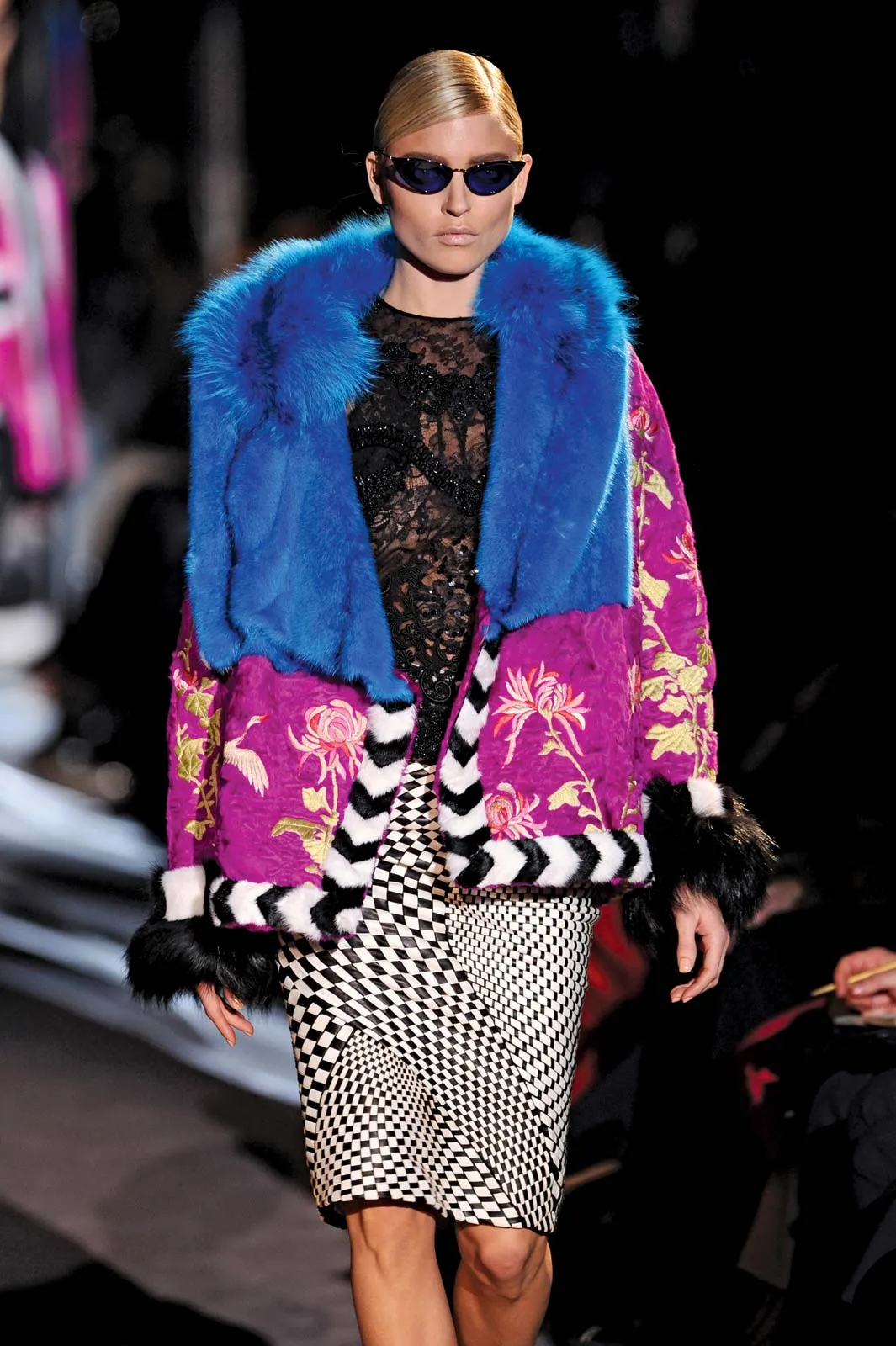
Fashion is defined as “the changing of one’s appearance and the wearing of clothes”. There are different types of fashion. They include high fashion, low fashion, and haute couture. Some people are against fashion, while others are proponents of it. The popularity of each type of fashion depends on how well it suits the wearer.
Dissemination
Dissemination of fashion trends is a very important part of the fashion industry. This is a process that involves designers, retailers, media, and influencers. The diffusion of a fashion trend can be viral or top-down. It can happen in local or international markets.
Dissemination can also be a problem. During the suffrage movement, suffragettes used the standard female norms as a shield to resist a broader political agenda. They often made use of fashion adverts alongside articles on suffrage activism.
In the first World War, women adopted aspects of military dress. They imitated the romantic conception of war, but also adapted archaic and historical uniforms.
Styles of clothes reflect personality
What are the effects of fashion on one’s personality? Despite what the headlines may say, it is not a one-size-fits-all approach. This is largely due to the influence of the environment on one’s choice of clothing. It is also a function of a person’s personality, socio-cultural norms, and personal taste. Ultimately, a person’s fashion sense is a reflection of a person’s personality and self-image.
In order to determine how fashion affects one’s personality, participants were asked to complete an online questionnaire. These were then statistically analyzed using SPSS 19.0 software. During this process, several important questions were raised. They included a list of a few items that best exemplify the top ten most popular styles of dress, as well as a few other interesting findings.
Technological influences
Technology has played an important role in the advancement of the fashion industry. From the creation of new fibres to the automation of sewing processes, technology has helped the fashion industry stay ahead of trends. It has also helped the industry create a better customer experience.
With the advancement of technology, the fashion industry is reassessing its processes across the value chain. This is leading to more streamlined processes, including the use of artificial intelligence.
Fashion brands are partnering with technology providers to design and develop their own technologies. These are used for different purposes, such as predicting style trends, analyzing consumer tastes, and making recommendations to retailers.
High fashion vs haute couture
When it comes to the fashion industry, there are two distinct types of clothing: haute couture and ready-to-wear. Both are high-end designs, but there are significant differences.
Haute couture is a type of creative art that is meant to inspire and wow the viewer. Each piece is made with a lot of attention and skill. These garments are designed to fit an individual client’s unique measurements and body stance.
Haute couture garments are handcrafted with materials like gold fibers, pearls, and gems. They are usually more expensive than their ready-to-wear counterparts. However, they also offer a higher return on investment.
Ready-to-wear collections are typically produced in higher volumes and more quickly. These pieces are available in stores and are designed by well-known fashion designers.
Low fashion vs fast fashion
Fast fashion refers to items produced in a fast and economical manner. This involves outsourcing production to cheaper locations. The manufacturing process usually uses cheap synthetic fibers made from petroleum. They are also designed to last a short time, such as a few wears or a season.
One problem with fast fashion is the waste that is associated with it. A huge amount of clothing ends up in landfills. There are also other environmental impacts of the industry.
Many of the materials used in the manufacturing of fast fashion are sourced from non-renewable sources, such as oil, and they take hundreds of years to decompose. This waste can be reduced if consumers purchase garments from secondhand stores.
Anti-fashion
Anti-fashion is a movement in fashion, which aims to break out from the norm. Generally, the anti-fashion concept refers to an outfit that is unconventional, or a style of dress that is contrary to the mainstream. The term “anti-fashion” dates back to the 1850s in Victorian England.
It has taken many forms throughout the years, but the main premise remains the same: to stand out from the crowd. In the Nineties, grunge and punk were synonymous with the concept. However, anti-fashion styles can also have political or practical goals.
As the fashion world evolved during the 1990s, more and more designers started questioning the traditional style of clothing. These designers opted to wear clothes that pushed the boundaries of beauty.

